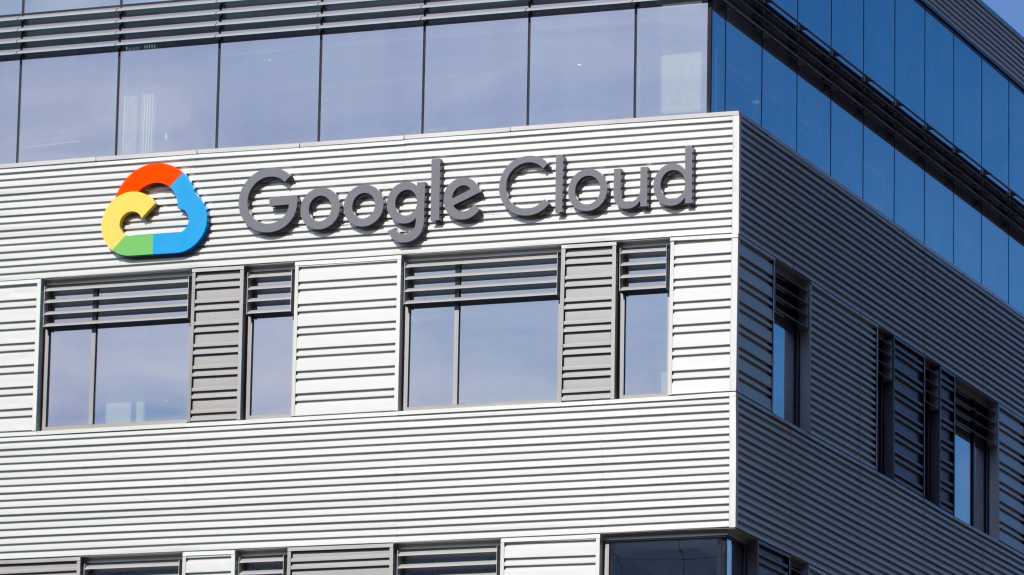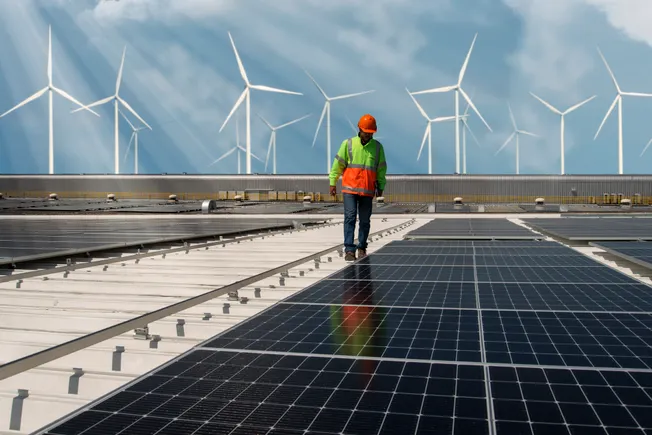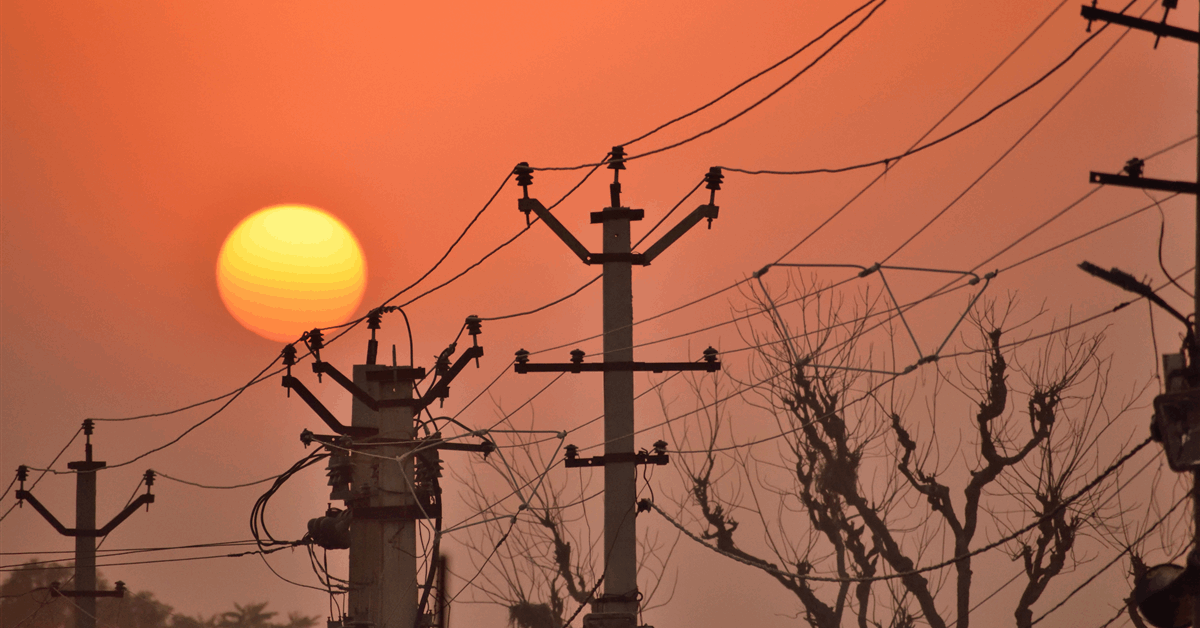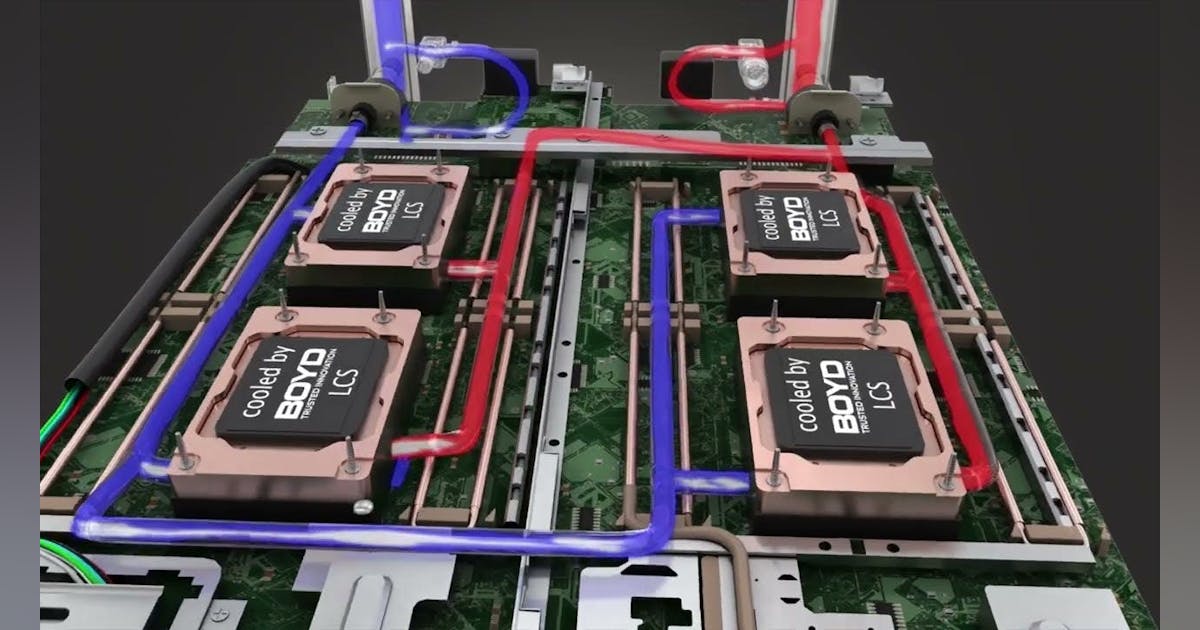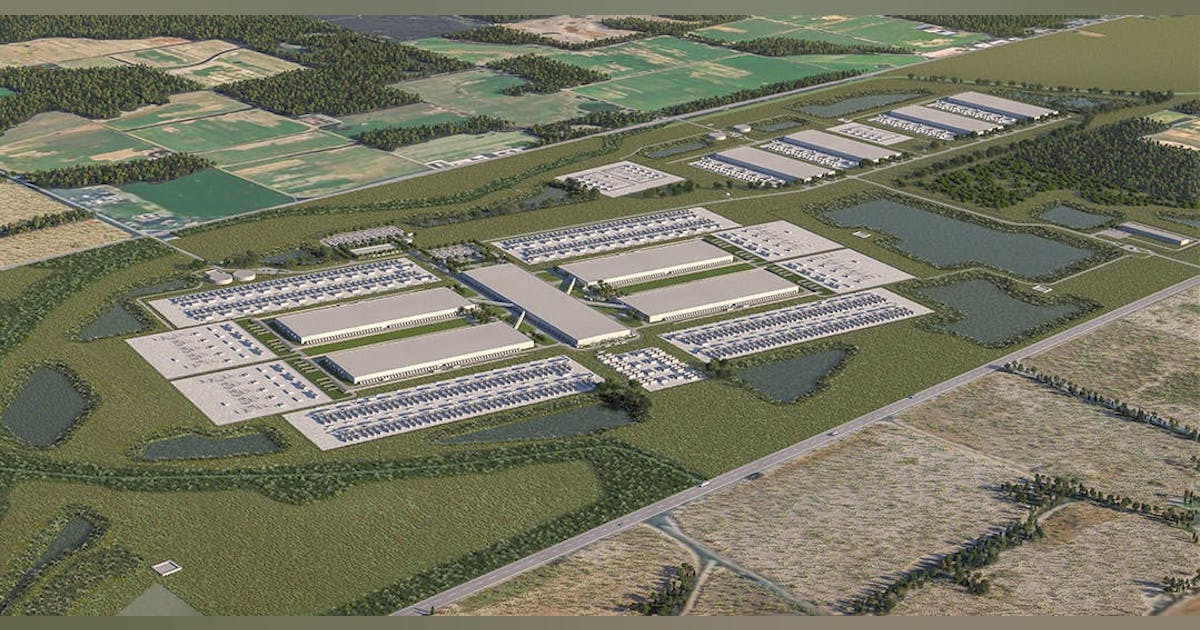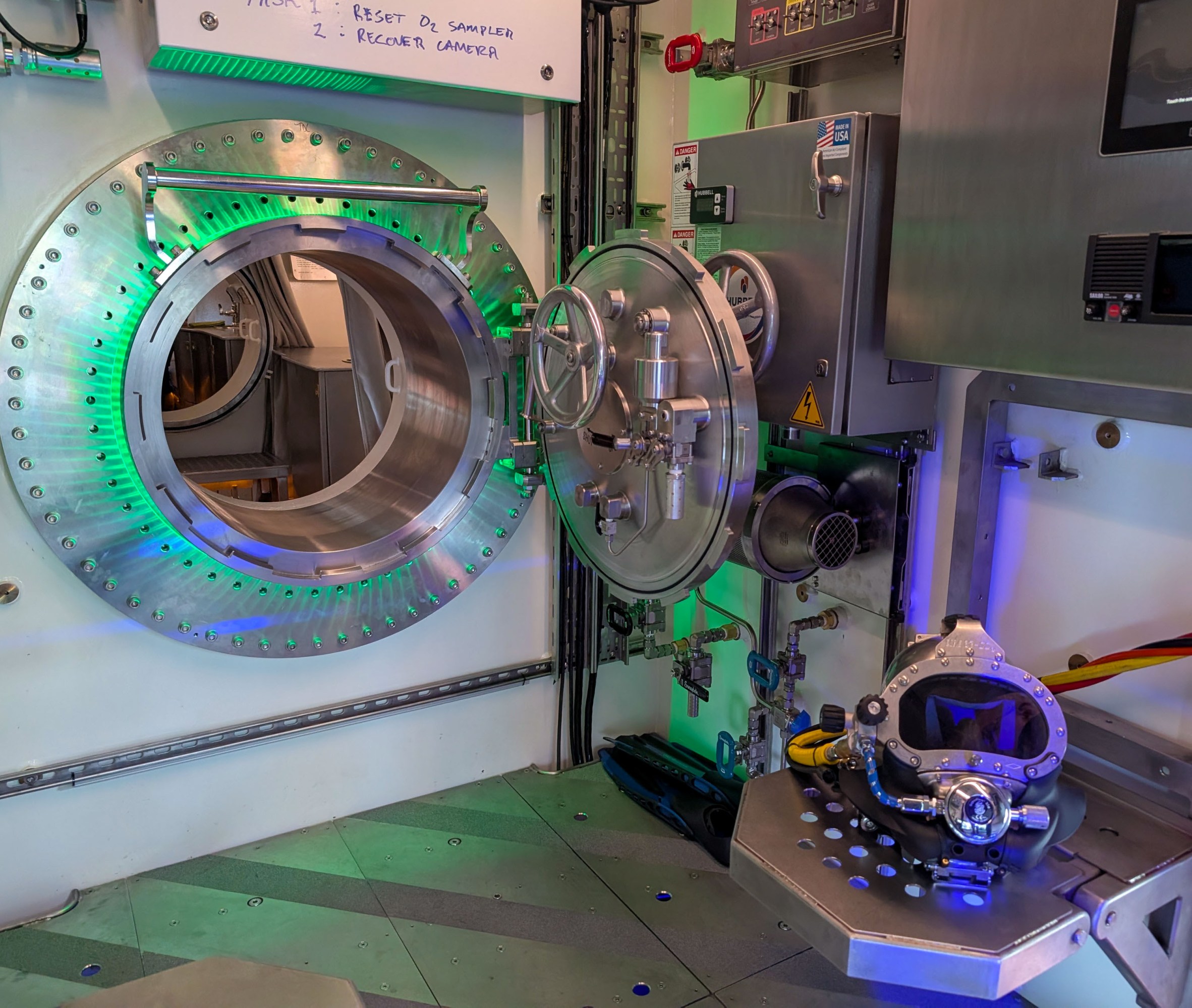Aberdeen’s Net Zero Technology Centre (NZTC) said “it’s not good enough” that UK decommissioning technology is tested overseas when “we are meant to be the leaders in this space”.
At an event in the Granite City’s Union Kirk, NZTC programme manager Lewis Harper argued that technology brought about by the “genius” in the domestic supply chain should have more opportunity to test in UK waters, rather than going to places like the US.
Harper said technology developers often have seek opportunities to trial it: “I have to go on a flight to go 4,000 miles into a place where PPE is a shirt and Levi’s to get this technology into the well.”
The not-for-profit organisation currently runs on funding from industry and the government, however, its decade of public funding is set to come to an end.
In 2017, the NZTC was set up as part of the Aberdeen City Region Deal with £180 million from the UK and Scottish Governments.
The organisation is readying an application for the next tranche of funding once this period ends and is set to deliver this to government in the coming weeks.
This week the NZTC £500,000 in grant funding across the 11 firms that form the next cohort of its accelerator program for emerging companies in the clean energy sector.
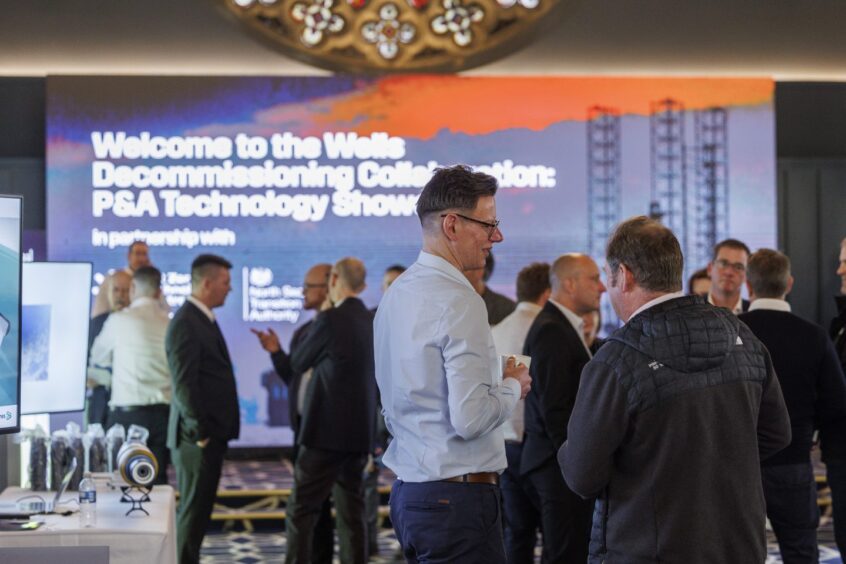 © Supplied by NSTA
© Supplied by NSTA“We’re not short of genius, just take a look around the room, 22 technologies on display here today and many more asking if there was space for them,” Harper added.
However, he said that the “hard truth” is that “a breakthrough in the lab is not a breakthrough for our industry”.
Harper argued that “proof” is what’s needed as the industry does not have a “gap of ideas”.
He said: “Decades will now, when the next generation looks back, they won’t judge us for how many patents we filed or how many prototypes we built, they’ll judge us for what we did with them.”
UK firms need to ‘take the leap’ in tech testing
Harper added that there are some sites in Scotland where the next generation of decommissioning technology can be trialled.
He explained: “We are meant to be the leaders in this space, we should have the opportunity to try and pilot these wells offshore, or onshore as well, we do have wells.
“The Scottish Government told me that there’s 14 in Stirling.”
He told attendees of the showcase event in Aberdeen that “we need to try and take that leap”.
Around 190 people registered to attend the lunchtime conference with over 100 walking through the front door.
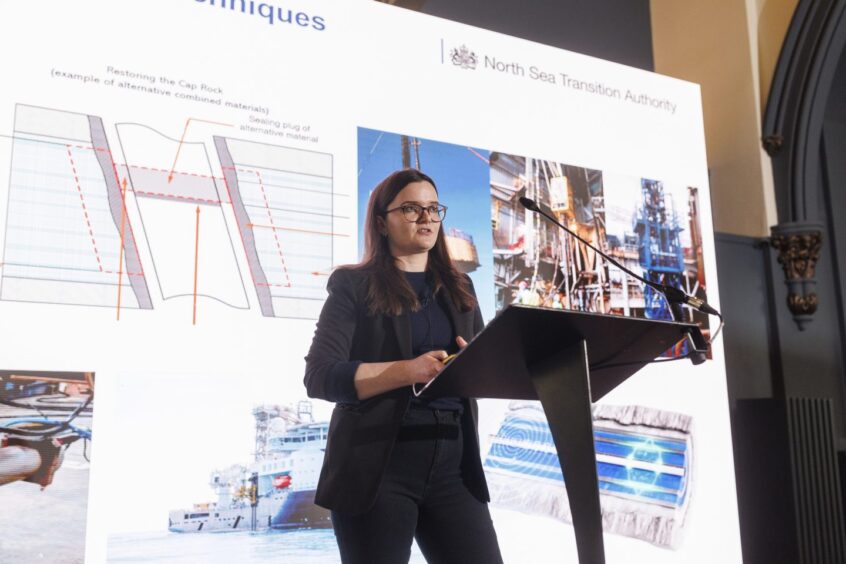 © Supplied by NSTA
© Supplied by NSTAMore than 20 firms were in attendance with representatives from supermajors like TotalEnergies and BP to supply chain firms such as Archer and SLB.
NZTC presented in partnership with the UK regulator, the North Sea Transition Authority (NSTA), to bring it to fruition.
The NSTA’s senior wells decommissioning engineer Suzie Coull commented: “The NSTA is completely open to any technologies or techniques that have the potential to deliver efficient and effective well decommissioning.
“It’s imperative that operators and the supply chain understand the opportunities presented by the well stock on the UKCS and the NSTA provides a variety of data tools to support this.
“It’s also important that we share our challenges, ideas and successes so that, as a community, we can learn and improve together.”
Coull argued that it is “imperative” that supply chain firms “keep challenging the status quo”.
‘We’re still having exactly the same conversations today as we did 12 years ago’
In a speech at the event, she told delegates about the technology that is currently being rolled out in UK waters.
Coull added: “2025 marks my 12th year in well decommissioning, and over those 12 years I have seen a number of technologies and techniques being dreamed, designed and deployed for the first time before increasing in popularity.”
However, she added that “the same cannot be said for all technologies” as certain areas of well decommissioning have remained stagnant.
“For some, we’re still having exactly the same conversations today as we did 12 years ago when I first started,” she continued.
There is no ‘silver bullet’ to solve all problems
Coull argued that to get new technology in the water all parties must show initiative, including supply chain, operators and regulators.
“These technologies need an opportunity and we’re very much in the territory of incremental gains,” she said.
“A silver bullet that’s going to halve your asset retirement obligations does not exist, but there is a queue of technologies that are waiting to make a difference.
“What we need is a collective alignment by taking a tripartite approach between operators, supply chain and regulators.”
The NSTA representative said that 2024’s OGA strategy enables operators “to give technologies and techniques a go and get involved in their development”.
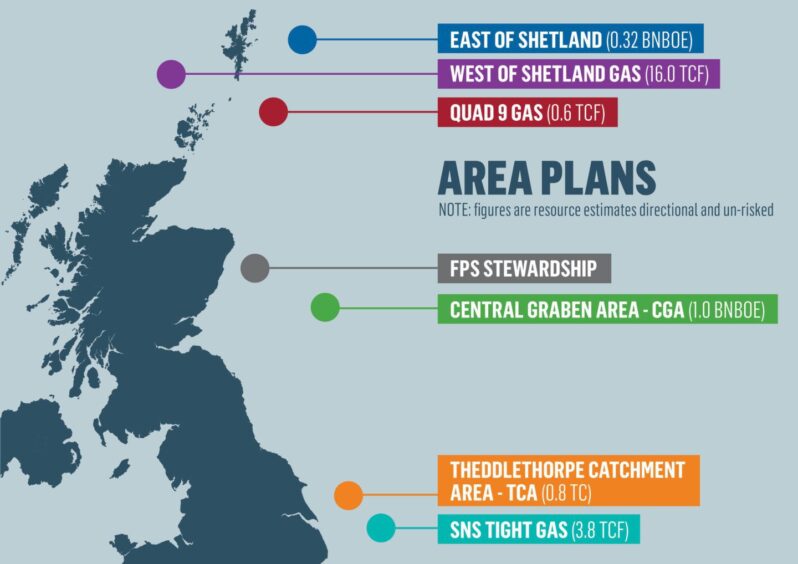 © Supplied by NSTA
© Supplied by NSTAShe also pointed to the newly established tree and wellhead information for subsea tool (TWIST) which will make details of upcoming decommissioning projects available to suppliers.
Carlo Procaccini, chief technical officer at the NSTA, commented: “In the UK, we’re fortunate to have a supply chain which consistently produces ground-breaking technologies for offshore operations, including well decommissioning.
“However, the full potential of this innovation can only be unleashed if suppliers are given a chance to show what they can do in the field.
“With the current high volumes of well P&A activity, I encourage operators to offer field trials to progress innovation and make the most of the savings on offer.”
Recommended for you

Scottish and UK government must work together, GB Energy inquiry told


